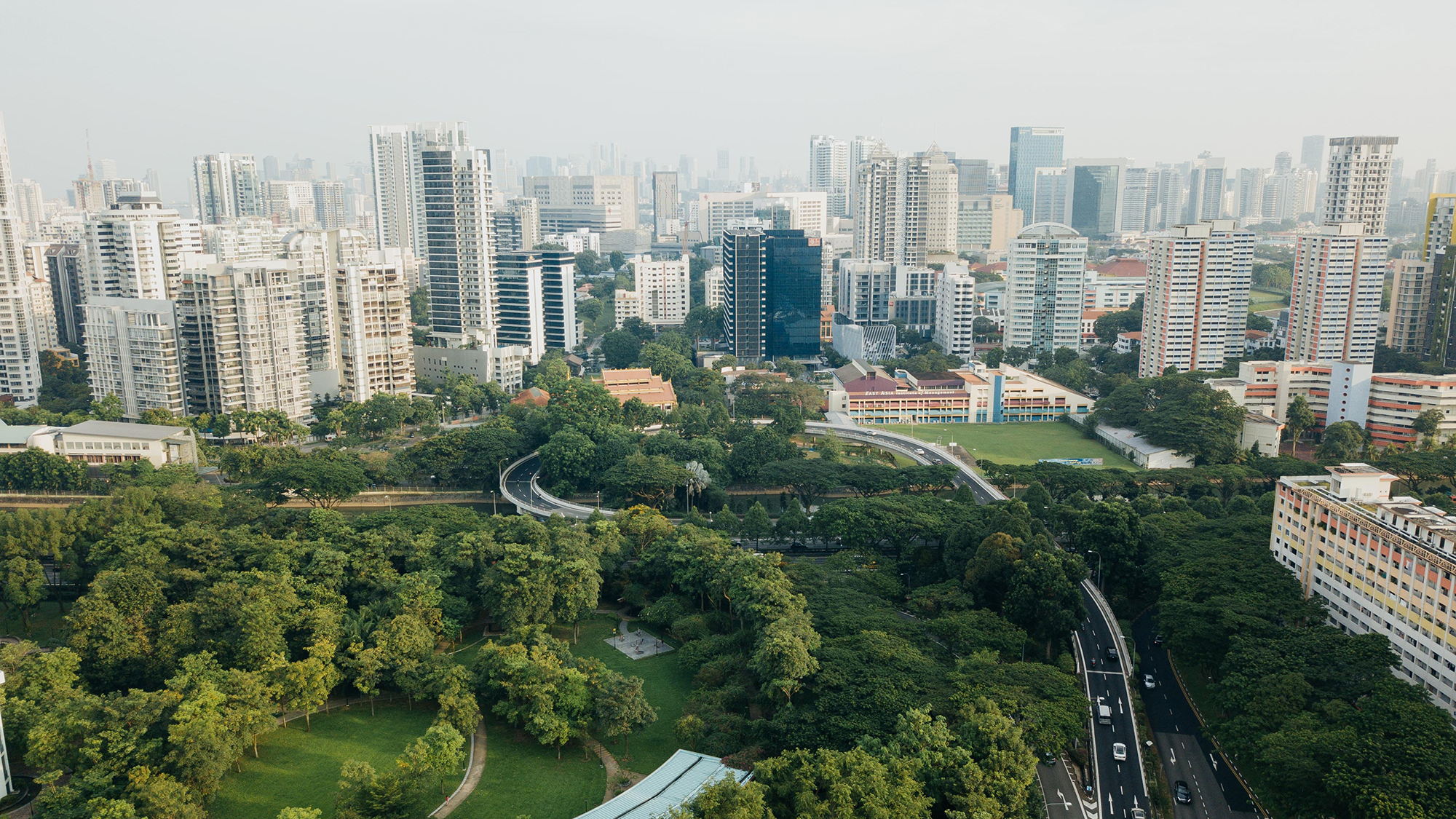Urban green spaces, such as parks and community gardens, are emerging as vital sanctuaries for mental clarity in bustling cities. Research from the University of Tokyo shows that spending just 20 minutes in a natural setting can lower cortisol levels by 15%, reducing stress and enhancing focus. Landscape architects like Dr. Hiroshi Nakamura emphasize that well-designed green spaces with diverse plant life and water features amplify these benefits by engaging multiple senses. In cities like Jakarta, where air pollution and noise levels often exceed WHO guidelines, access to green spaces offers a mental reset, helping residents combat anxiety and cognitive fatigue caused by urban overstimulation.
The expertise behind this connection is grounded in environmental psychology. Dr. Rachel Kaplan, a pioneer in the field, developed the Attention Restoration Theory, which posits that nature restores directed attention by providing a “soft fascination”—a gentle, effortless engagement that allows the brain to recover from mental overload. Studies in Landscape and Urban Planning journal confirm that urban dwellers with regular park access report 25% better concentration and mood stability. City planners are taking note, with initiatives like Singapore’s “City in a Garden” model prioritizing green integration, proving that intentional design can foster mental well-being.
For city residents, the experience of urban green spaces is a lifeline. On X, Jakarta locals share how morning walks in Taman Menteng help them feel “recharged” before work, echoing global sentiments. Unlike artificial interventions, nature’s benefits are free and accessible—parks often require no entry fee, making them a democratic tool for mental health. With urban populations set to reach 68% globally by 2050 (UN data), prioritizing green spaces isn’t just a luxury; it’s a necessity for sustaining mental clarity in an increasingly concrete world.






